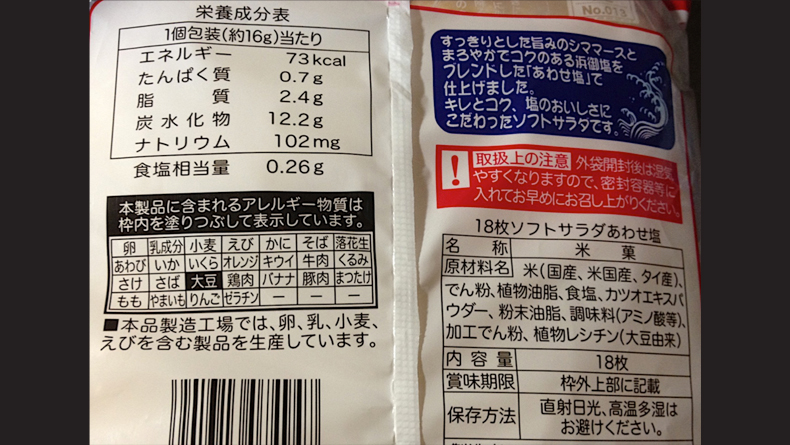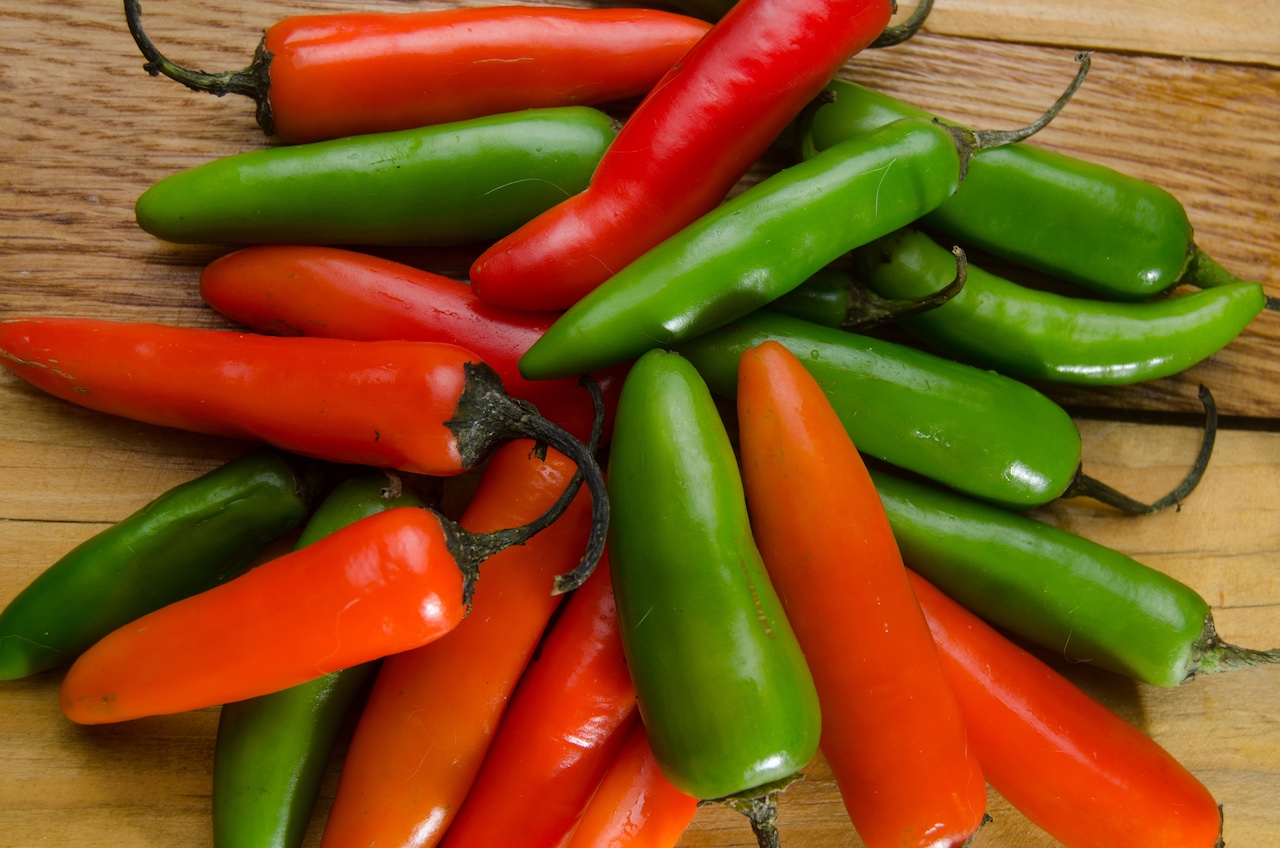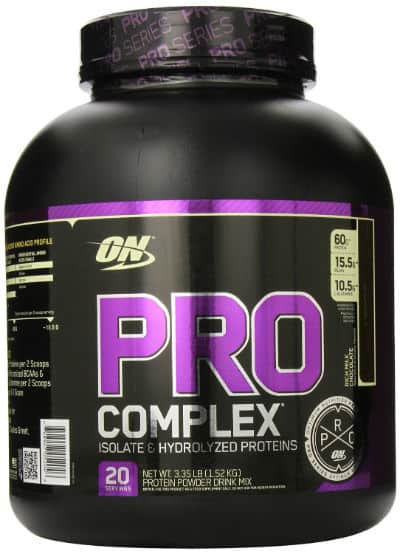44 reading nutrition fact labels
Learn How the Nutrition Facts Label Can Help You Improve Your Health That means if you consume 2,000 calories in a day, added sugars should account for no more than 200 calories. Read the Nutrition Facts labels on your packaged food and drinks to keep track of sugars, fats, protein, and other nutrients. Most sodium we consume is from salt, and salt is commonly in processed foods. Reading Nutrition Facts Labels - University of Arizona Reading Nutrition Facts Labels. In order to begin a healthy lifestyle one of the most important tools is knowing how to read and understand nutritional labels. Nutritional labels provide a wealth of important information about the foods we consume. Based on the nutritional label you can make decisions about what foods are best for you.
How to Read Nutrition Facts Label - Food Network As a child of the 80s and 90s, I understand this thinking. During those decades, low fat was the craze and we acted like anything with the words "low fat" scrolled across the box meant free ...

Reading nutrition fact labels
How to Read a Nutrition Facts Label - Everyday Health When reading a nutrition facts label, look at the serving size first. "This helps put the nutrient information into context and allows comparison between products," says Goergen. Understanding Food Nutrition Labels | American Heart Association Remember that the information shown in the label is based on a diet of 2,000 calories a day. You may need less or more than 2,000 calories depending upon your age, gender, activity level, and whether you're trying to lose, gain or maintain your weight. When the Nutrition Facts label says a food contains "0 g" of trans fat, but includes ... Discovering Nutrition Facts - Human Nutrition: 2020 Edition Figure 12.2 Reading the Older Nutrition Label. Guide for reading older Nutrition Facts label. Adapted from: Image by FDA/Side by Side Comparison of Old and New Nutrition Facts Label. Of course, this is a lot of information to put on a label and some products are too small to accommodate it all. In the case of small packages, such as small ...
Reading nutrition fact labels. How to Understand and Use the Nutrition Facts Label | FDA The following label-reading skills are intended to make it easier for you to use the Nutrition Facts labels to make quick, informed food decisions to help you choose a healthy diet. PDF MOVE! Nutrition Handout N10: How to Read a Nutrition Facts Label size" is the official term used on food labels. Nutrition facts given on the food label are based on one serving. Be sure to look at the number of servings in the container. Even small containers may have more than one serving. If you eat the whole container, then you must multiply the nutrition values by the number of servings in the ... Reading a Nutrition Facts Label - YouTube Learn how to identify specific information on a nutrition facts labels including serving size, servings per container, calories per serving, and what to eat ... The Basics of the Nutrition Facts Label The following is a quick guide to reading the Nutrition Facts label. Step 1: Start with the Serving Size. Look here for both the serving size (the amount people typically eat at one time) and the number of servings in the package. Compare your portion size (the amount you actually eat) to the serving size listed on the panel.
Interactive Nutrition Facts Label - Food and Drug Administration Total Carbohydrate 46g. 25%. Dietary Fiber 7g. Total Sugars 4g. 4%. Includes 2g Added Sugars. Protein 11g. 10%. Vitamin D 2mcg. How To Read Food and Beverage Labels - National Institute on Aging At the top of the Nutrition Facts label, you will find the total number of servings in the container and the food or beverage's serving size. The serving size on the label is based on the amount of food that people may typically eat at one time and is not a recommendation of how much to eat. Read more about serving and portion sizes. PDF TO CARE 4 YOURSELF READING A NUTRITION FACTS LABEL - novoMEDLINK Read Nutrition Facts labels to compare calorie counts of foods to find the lowest-calorie options. Total fat This line tells you how much fat is in a serving of this food. It includes fats that are good for you, such as mono- and polyunsaturated fats. It also includes fats that are not good Potassium 235mg How to Read Nutrition Facts Labels - Action for Healthy Kids Choosing foods that have smaller percentage Daily Value for saturated fat, added sugars and sodium. A small percentage or low amount of a specific nutrient is considered 5% DV or less. Choosing foods that have higher percentage Daily Value for vitamins, minerals and fiber. A higher percentage of a specific nutrient is considered 20% DV or more.
How to Read a Nutrition Label: The Path to More Empowered Eating Choices How to Decipher the FDA's Nutrition Facts Label. Besides the ingredients, a packaged food must also contain a Nutrition Facts section. The U.S. Food and Drug Administration's Nutrition Facts label was updated for the first time in 20 years in 2016 "to reflect updated scientific information, including information about the link between ... Label reading fact sheet | Baker Institute Fact sheets. Label reading. This fact sheet gives you guidance on understanding how to read nutrition information panels to help you identify healthy choices. This fact sheet will allow you to identify processed and packaged foods that are: lower in energy (kJ) lower in saturated and trans fat. lower in sugar. lower in sodium (salt) Reading food labels: Tips if you have diabetes - Mayo Clinic Sample Nutrition Facts label. Serving size: Serving sizes are listed in standard measurements, such as cups or pieces. Similar foods usually have similar serving sizes, so you can compare them more easily. The label also includes the number of servings per container to help you calculate the calories and nutrients in the entire package. Reading Nutrition Facts Labels - EFNEP - Expanded Food and Nutrition ... Percent Daily Values (%DV) tell you how much of a certain nutrient you will get from the product. If the label says "10% Total Fat," this means one serving of the food is 10% of all the fat you should be eating each day. However, Daily Values (DV) are based on a 2,000 calorie per day diet. You may need more or less than 2,000 calories per day.
Reading Nutrition Facts Labels | Magaram Center Nutrition Experts Blog When reading a nutrition label, you should always start by looking at the serving size first since all the information on the label is pertinent to that serving size. For example, if the serving size is 1/2 of the package and you eat the entire package, all those calories and grams of fat on the label would be doubled.
Learn How to Read Supplement Labels With These Tips - CNET How to read dietary supplement labels. You will find the supplement facts label on the bottle or box of the supplement. Below, we've covered each area of a dietary supplement label so you'll know ...
The New Nutrition Facts Label | FDA FDA is requiring changes to the Nutrition Facts label based on updated scientific information, new nutrition research, and input from the public. This is the first major update to the label in ...
Nemours: How to Read a Nutrition Facts Label - YouTube When you shop for groceries for your family, the Nutrition Facts label is your tool for understanding what's healthy and what's not. Nearly every food produ...
How to Read Food Labels- Performance Triad To know exactly how much you are eating, weigh or measure your food. The next section lists nutrients. The % Daily Value is based on a 2,000 calorie diet. But a quick rule of thumb is that 5% is low and 20% is high. Information is provided on saturated fat, trans-fat, and cholesterol because you want to minimize your intake of those items.
Discovering Nutrition Facts - Human Nutrition: 2020 Edition Figure 12.2 Reading the Older Nutrition Label. Guide for reading older Nutrition Facts label. Adapted from: Image by FDA/Side by Side Comparison of Old and New Nutrition Facts Label. Of course, this is a lot of information to put on a label and some products are too small to accommodate it all. In the case of small packages, such as small ...
Understanding Food Nutrition Labels | American Heart Association Remember that the information shown in the label is based on a diet of 2,000 calories a day. You may need less or more than 2,000 calories depending upon your age, gender, activity level, and whether you're trying to lose, gain or maintain your weight. When the Nutrition Facts label says a food contains "0 g" of trans fat, but includes ...
How to Read a Nutrition Facts Label - Everyday Health When reading a nutrition facts label, look at the serving size first. "This helps put the nutrient information into context and allows comparison between products," says Goergen.







Post a Comment for "44 reading nutrition fact labels"